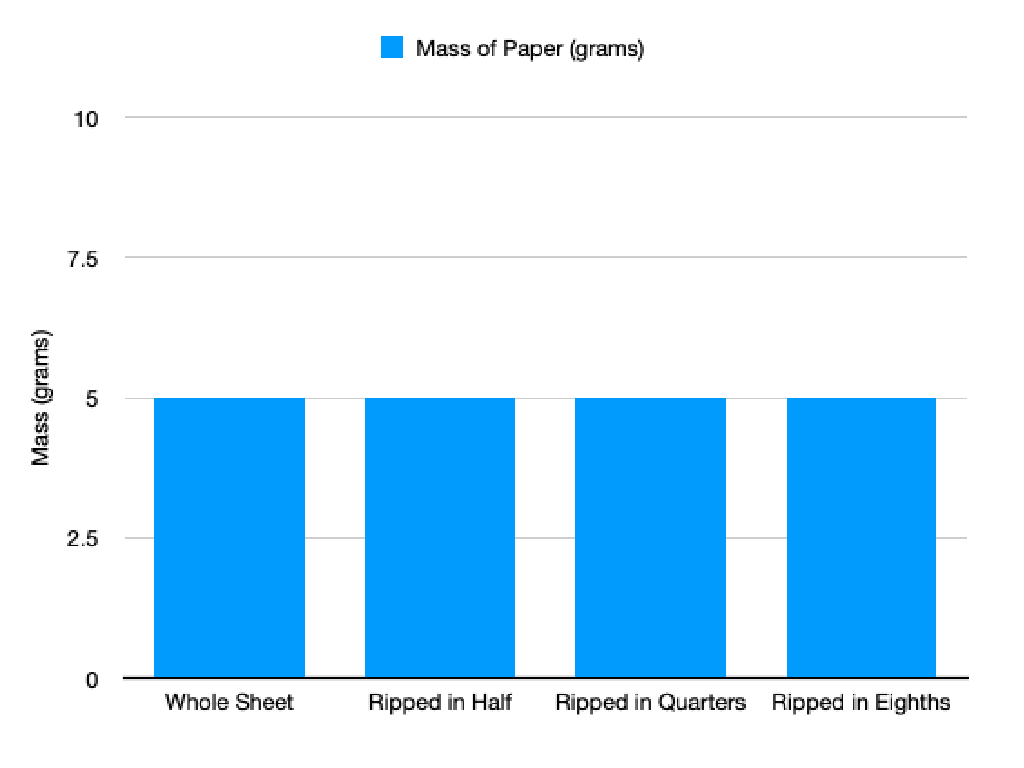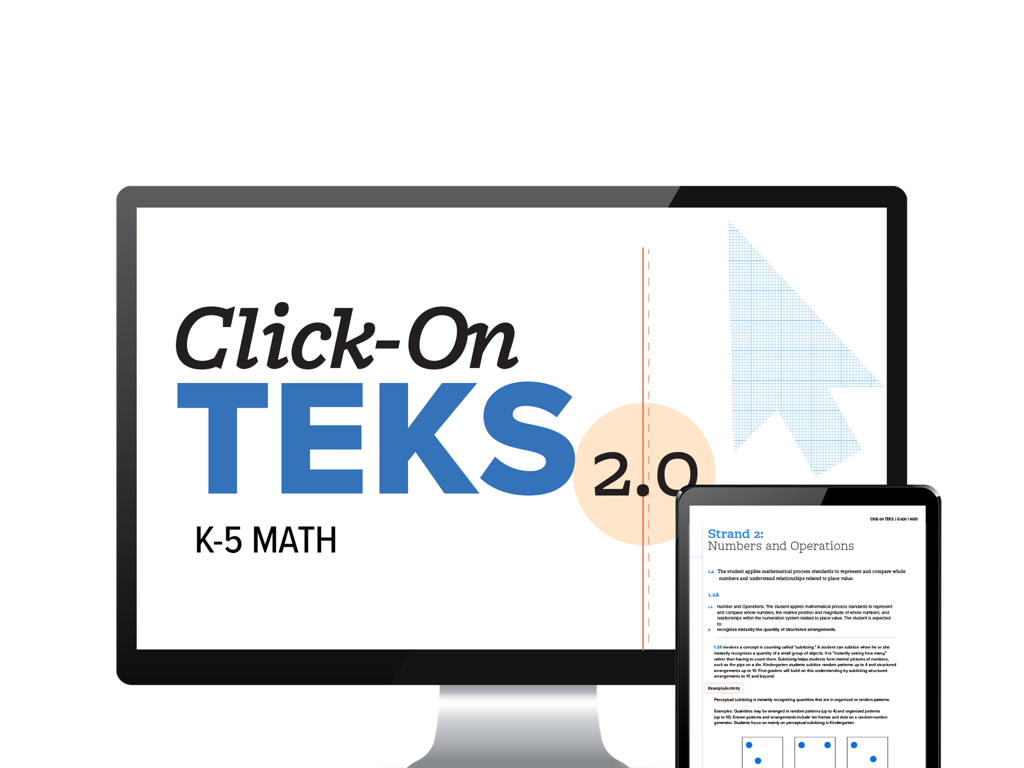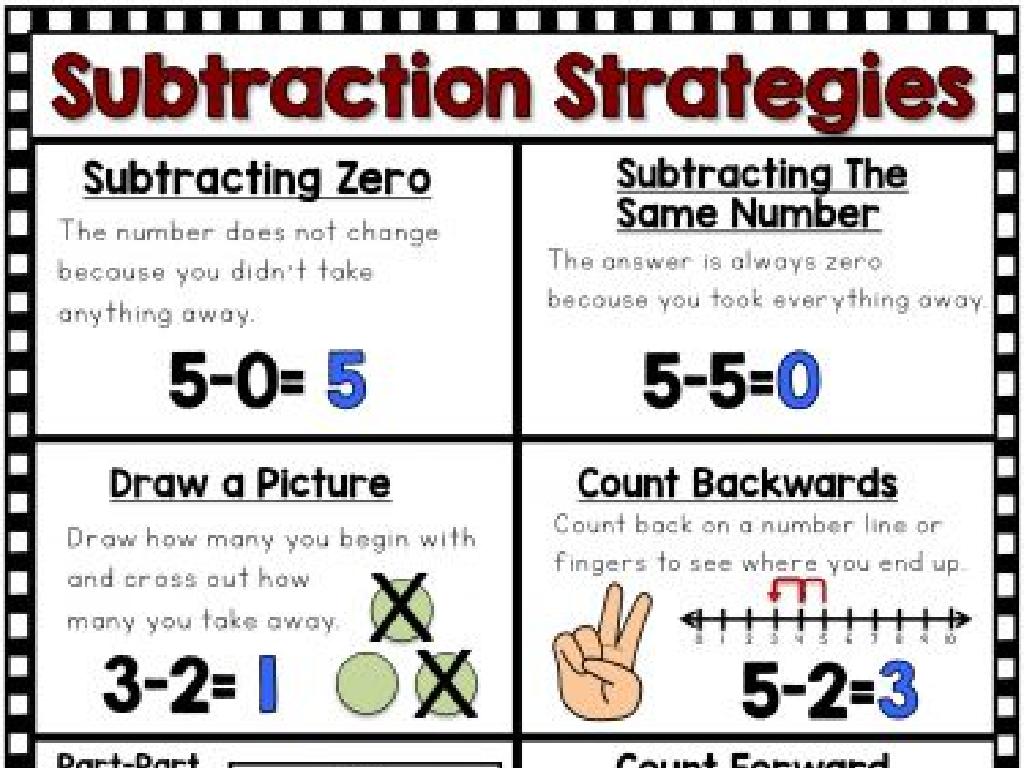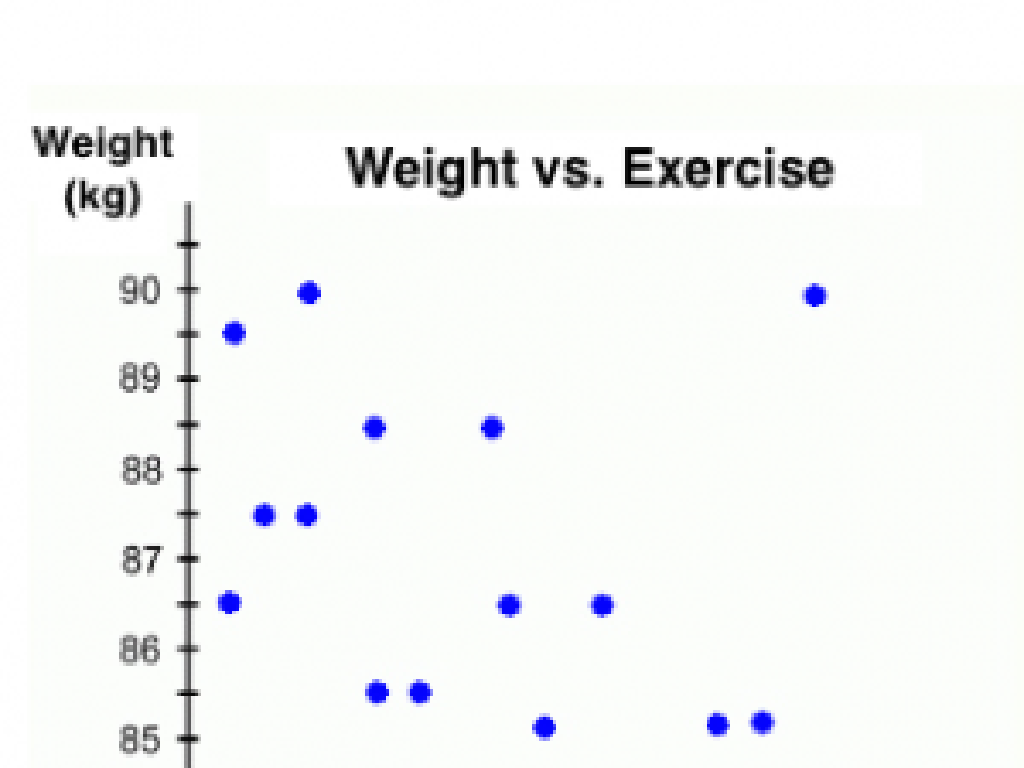Is It A Complete Sentence Or A Run-On?
Subject: Language arts
Grade: Seventh grade
Topic: Sentences, Fragments, And Run-Ons
Please LOG IN to download the presentation. Access is available to registered users only.
View More Content
Understanding Complete Sentences vs. Run-ons
– Defining a complete sentence
– A sentence must have a subject, predicate, and express a complete thought.
– Subjects and predicates explained
– Every sentence needs a subject (who/what) and a predicate (what about it).
– Communicating with complete thoughts
– Complete thoughts help us to be understood clearly in writing and speaking.
– Avoiding run-on sentences
– Run-ons are sentences incorrectly joined without proper punctuation or conjunctions.
|
This slide introduces the concept of complete sentences and run-on sentences, which is crucial for effective communication. A complete sentence is the foundation of good writing and must contain a subject and a predicate to express a full thought. Understanding the role of subjects (who or what the sentence is about) and predicates (what is being said about the subject) is essential. Emphasize the importance of expressing complete thoughts for clarity in communication. Discuss how run-on sentences can confuse readers and lead to misunderstandings. Provide examples of both complete sentences and run-ons for students to identify and correct.
Identifying Complete Sentences
– Elements of a complete sentence
– Subject, verb, and complete thought
– Examples of complete sentences
– ‘The cat purred loudly.’ has a subject (cat), a verb (purred), and expresses a complete thought.
– Class activity: Sentence sleuthing
– Find and highlight complete sentences in a provided paragraph.
|
This slide introduces the concept of complete sentences to the students. Begin by explaining the necessary components of a complete sentence: a subject, a verb, and a complete thought. Provide clear examples of complete sentences, emphasizing the importance of each element. For the class activity, distribute a paragraph to the students and ask them to identify and highlight all the complete sentences. This exercise will help reinforce their understanding of sentence structure. Offer guidance on how to distinguish between complete sentences and run-ons or fragments. Encourage students to explain why a highlighted sentence is complete, promoting critical thinking and discussion.
Understanding Sentence Fragments
– Define sentence fragment
– A fragment is an incomplete sentence that lacks subject or verb or doesn’t express a complete thought.
– Examples of fragments
– ‘Running through the park.’ ‘Although she was tired.’ These lack a subject or verb.
– Why fragments cause confusion
– They can lead to unclear or incomplete information, making it hard for the reader to follow.
– Correcting fragments
– We can fix fragments by adding missing elements to complete the thought.
|
This slide aims to help students identify sentence fragments and understand why they can lead to confusion in writing. A sentence fragment is essentially an incomplete sentence that fails to convey a complete thought. It might be missing a subject, verb, or both, or it may not express a complete idea. Provide clear examples of fragments and discuss how they can make writing unclear. Then, demonstrate how to correct these fragments by adding the necessary components to form complete sentences. Encourage students to look for fragments in their writing and practice correcting them.
Run-On Sentences: Clarity in Writing
– What are run-on sentences?
– Run-ons are sentences that join two main clauses without punctuation or conjunction.
– Recognizing examples of run-ons
– ‘I love to write it is fun’ is a run-on because it combines two thoughts without proper separation.
– The effect of run-ons on understanding
– Run-on sentences can make writing confusing and difficult to follow.
– Strategies to fix run-on sentences
– Use periods, commas, or conjunctions to separate ideas clearly.
|
This slide introduces the concept of run-on sentences and their impact on the clarity of writing. A run-on sentence occurs when two or more independent clauses are connected improperly without appropriate punctuation or coordinating conjunctions. It’s crucial for students to recognize run-on sentences to avoid confusion in their writing. Provide examples of run-on sentences and discuss how they can lead to misunderstandings. Teach students various methods to correct run-ons, such as using periods to make two sentences or adding a comma followed by a conjunction. Encourage students to practice identifying and correcting run-ons in example sentences.
Fixing Run-On Sentences
– Understanding run-on sentences
– A run-on sentence has two or more independent clauses improperly joined.
– Correcting with punctuation
– Use a period, semicolon, or comma with a conjunction to separate clauses.
– Methods to fix run-ons
– Combine clauses, or make them into separate sentences.
– Practice rewriting sentences
– We’ll take examples of run-ons and apply methods to correct them.
|
This slide aims to teach students how to identify and correct run-on sentences, which are common mistakes in writing. Run-on sentences occur when two or more independent clauses are joined without proper punctuation or conjunctions. Students will learn to use periods, semicolons, and commas with coordinating conjunctions to separate these clauses correctly. The practice activity will involve rewriting given run-on sentences using the methods discussed. Encourage students to explain why a sentence is a run-on and how their corrections have improved sentence structure. Provide several examples and allow students to work in pairs or groups to discuss and correct run-on sentences.
Class Activity: Sentence Surgery
– Work in pairs: identify sentence types
– Perform ‘surgery’ on fragments and run-ons
– ‘Surgery’ means correcting the sentences to make them complete
– Share your corrected sentences
– Discuss what changes you made and why
– Reflect on the activity
– Think about how identifying sentence types can improve your writing
|
This interactive class activity is designed to help students understand the structure of complete sentences versus fragments and run-ons. Students will pair up and look at various sentences to determine their type. They will then ‘operate’ on the fragments and run-ons to correct them, making them into complete sentences. After the activity, pairs will share their original sentences and their corrected versions with the class, explaining the changes they made. This peer-sharing session will reinforce their understanding and provide an opportunity for feedback. As a teacher, facilitate the activity by providing guidance and examples. Possible activities for different pairs could include correcting sentences from a worksheet, creating their own run-ons to fix, or finding examples in a text they are reading.
Wrapping Up: Sentences and Structure
– Recap today’s key points
– Why sentence structure matters
– Good structure improves clarity and engagement
– Homework: Craft a paragraph
– Write a paragraph on any topic
– Identify sentence types
– Highlight complete sentences, fragments, and run-ons
|
As we conclude today’s lesson, it’s crucial to revisit the main concepts we’ve covered about identifying complete sentences versus run-ons. Emphasize the importance of proper sentence structure in writing, as it ensures clarity and keeps the reader engaged. For homework, students will apply what they’ve learned by writing a paragraph on a topic of their choice. They will then practice their analytical skills by identifying complete sentences, fragments, and run-ons within their own writing. This exercise will reinforce their understanding and help them recognize common mistakes in sentence construction.





